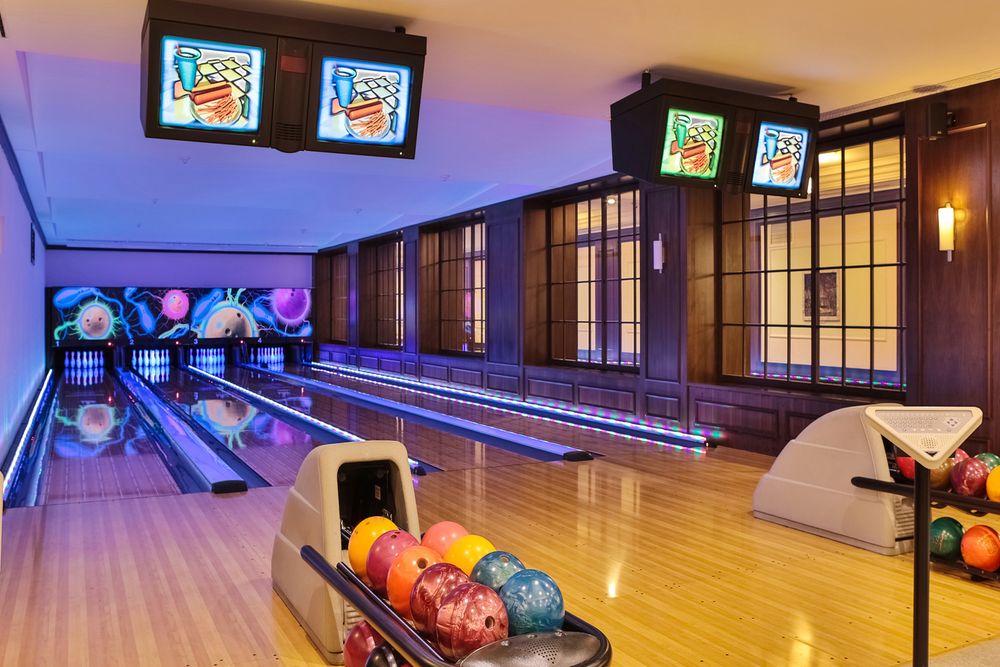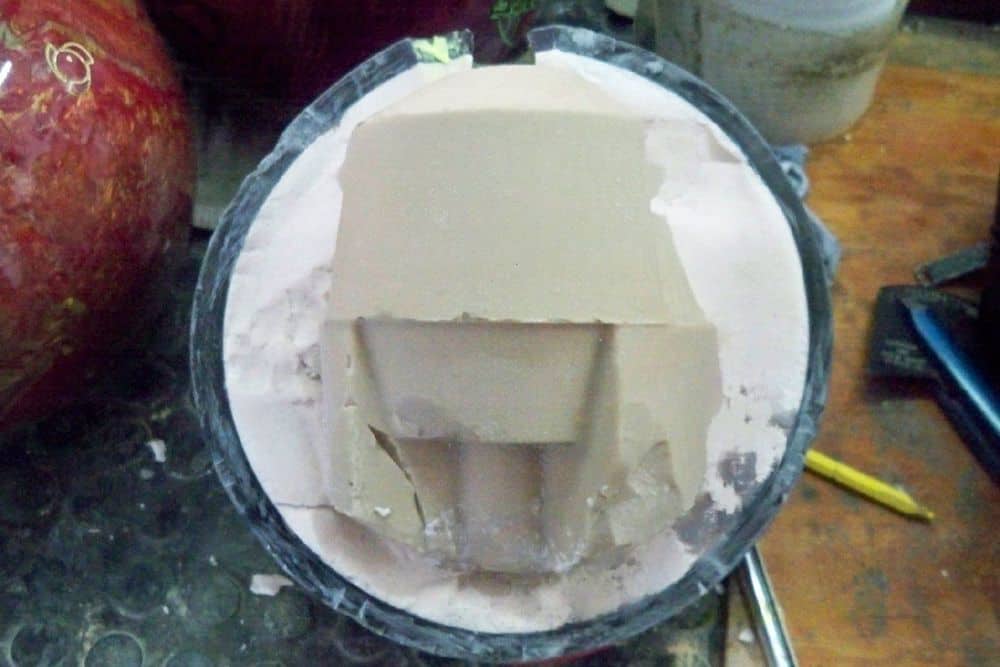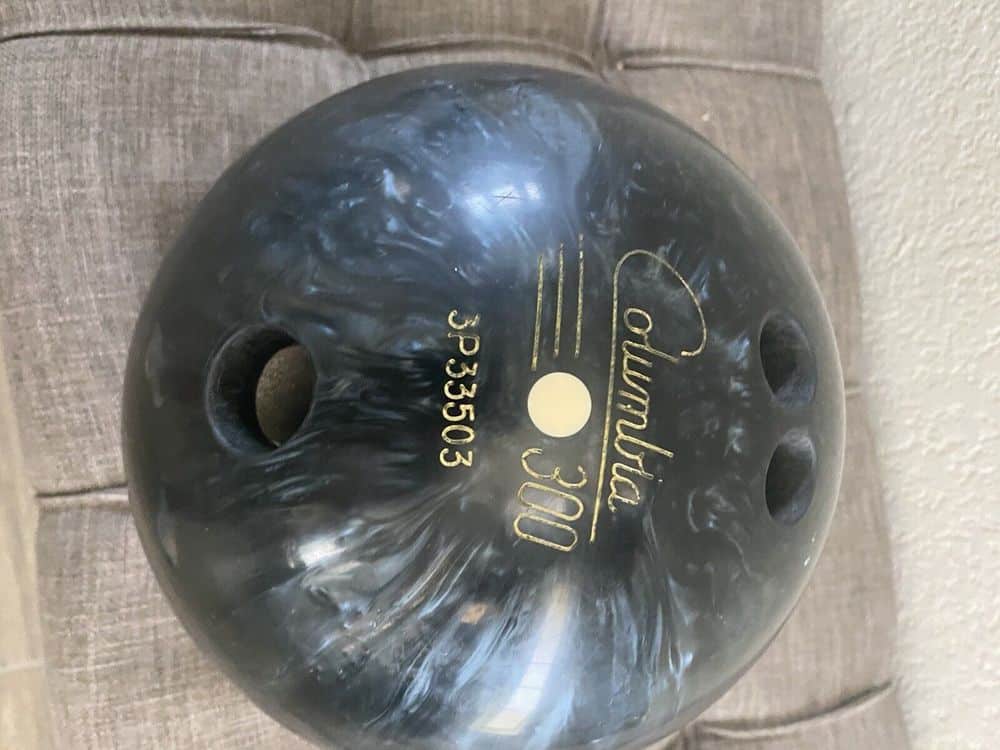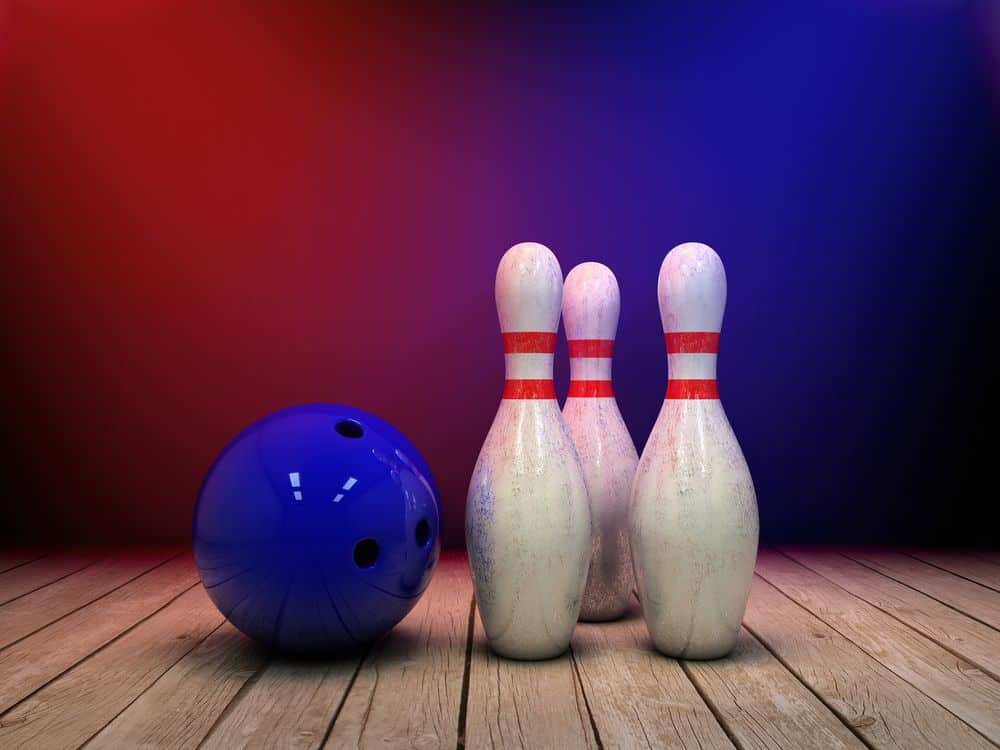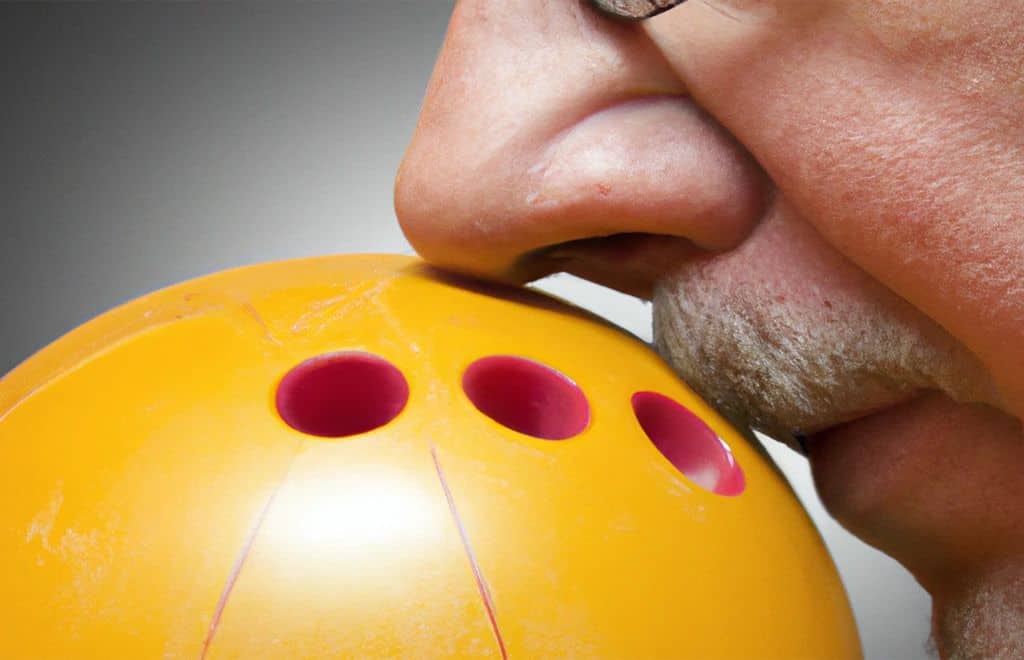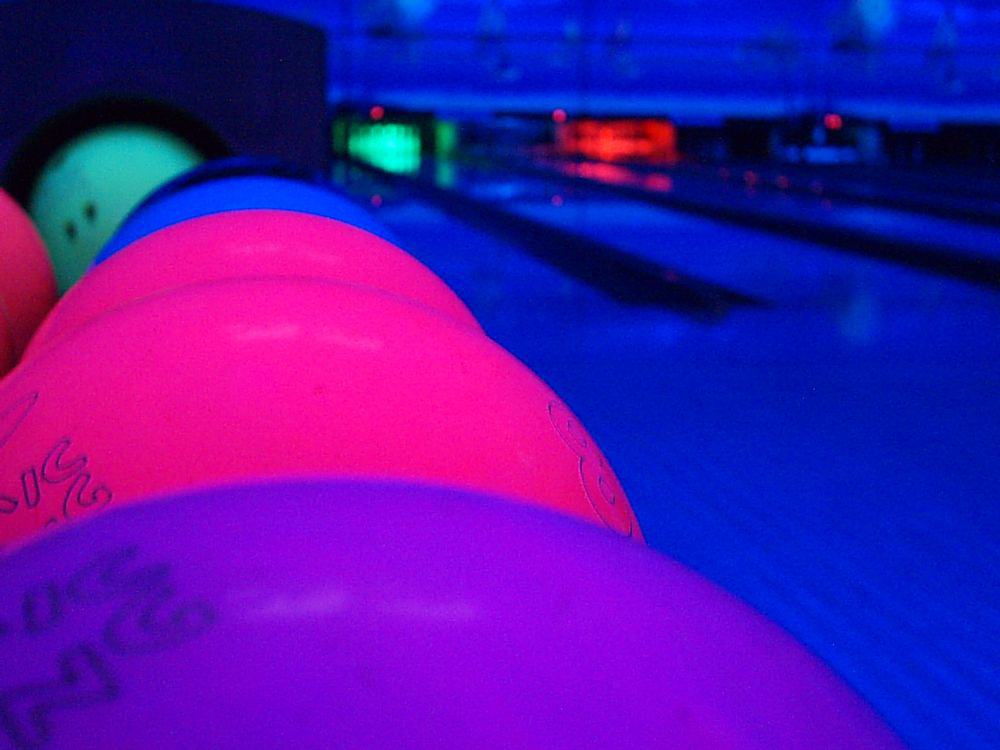Did you know that over 70 million people worldwide enjoy bowling as a recreational activity?
Whether you’re a seasoned pro or just starting out, one thing is certain – taking care of your equipment is crucial for optimal performance. And when it comes to bowling balls, understanding the factors that can affect their durability is essential.
One such factor is temperature. While most bowlers are aware that extreme heat or cold can damage their ball, many don’t know exactly what temperature range they should aim for to keep their ball safe.
In this article, we’ll explore the topic of bowling ball temperature and answer the burning question: what temperature will a bowling ball crack? With our expert insights and tips for protecting your ball from extreme temperatures, you’ll be able to extend its lifespan and enjoy more successful games on the lanes.
Factors Affecting Bowling Ball Durability
The factors that impact the durability of a bowling ball include its construction, usage patterns, and maintenance.
Bowling ball weight is one of the most important aspects to consider when it comes to its durability. A heavier ball may seem like it will last longer because it has more mass, but this isn’t necessarily true. In fact, heavier balls often crack faster due to the stress caused by their weight on the lanes.
Another factor that affects bowling ball durability is maintenance. Regular cleaning and polishing can help prevent cracks and other damage from developing over time. It’s also essential to store your bowling ball properly when not in use, as exposure to extreme temperatures or moisture can weaken its structure.
Overall, taking care of your bowling ball is crucial for ensuring its longevity and preventing cracks from forming. By choosing the right weight for your needs and regularly maintaining it with proper cleaning techniques, you can keep your ball in top condition for years to come.
Understanding Different Bowling Ball Materials
As we dive into the world of bowling ball materials, it’s clear that each type has its own unique characteristics and strengths, much like different types of music genres have their own rhythms and melodies. Understanding the differences between these materials can help you choose the right ball for your playing style and lane conditions.
Here are some common bowling ball materials and their key features:
-
Polyester: This is a popular choice for beginner bowlers because it’s affordable and durable. It’s also known for its straight trajectory, which makes it easier to control on dry lanes.
-
Urethane: This material absorbs oil from the lane surface, creating more friction between the ball and the pins. As a result, urethane balls are ideal for medium to heavy oil patterns. They’re also more versatile than polyester balls in terms of hook potential.
-
Reactive resin: The manufacturing techniques used to create reactive resin balls allow them to generate greater angular velocity (or hook) when they encounter friction on oily lanes. They’re highly responsive to changes in speed and direction.
-
Particle: These balls contain thousands of microscopic particles embedded in the outer layer of resin, which increases their surface area and enhances their grip on oily surfaces even further.
When choosing a bowling ball material, there are several performance considerations to keep in mind besides just lane conditions or personal preference. For example, heavier balls tend to generate more pin action than lighter ones due to increased kinetic energy upon impact with the pins.
Surface finish can also affect hook potential – rougher finishes provide better traction on slick surfaces but may cause early roll-out if used on dry lanes.
In summary, understanding different bowling ball materials can improve your overall game by allowing you to select a ball that matches your playing style, as well as prevailing lane conditions at any given moment during playtime!
Safe Temperature Ranges for Bowling Balls
You don’t want to risk damaging your new investment, so it’s important to know the safe range of temperatures for your bowling ball.
Bowling balls should be stored in a cool and dry place, away from direct sunlight or any source of heat. Extreme temperature effects can cause damage to the surface of the ball which could eventually lead to cracking.
It is recommended that you keep your bowling ball at room temperature between 68-75 degrees Fahrenheit. Reactive bowling balls are particularly sensitive to changes in temperature. Exposing them to extreme cold or hot temperatures can cause them to lose their reactive properties and become less effective on the lane.
In fact, exposing reactive bowling balls to high temperatures above 140 degrees Fahrenheit can even result in permanent damage.
In conclusion, knowing how temperature affects your bowling ball is crucial if you want it to last longer and perform better on the lane. Proper storage and keeping it within a safe range of temperatures will have a positive impact on its lifespan.
So, always make sure that you store your bowling ball in an appropriate location with consistent temperatures around room temperature, and avoid exposing it to extreme cold or hot temperatures – especially if you own a reactive type one!
Signs Your Bowling Ball May be at Risk of Cracking
If you neglect proper storage and handling, your investment could be in jeopardy. Your bowling ball is a precision tool that requires regular maintenance to perform at its best.
One of the most common issues that bowlers encounter is cracking, which can occur when a ball is exposed to extreme temperatures or stored improperly. To avoid cracks, it’s important to monitor your bowling ball regularly for signs of damage. Some of the most common indicators include surface cracks, chips, and dents.
If you notice any of these issues, it’s essential to address them immediately by taking your ball to a professional shop for repair. In addition to monitoring for surface damage, it’s crucial to store your bowling ball properly when not in use.
This means keeping it in a cool, dry place away from direct sunlight and extreme heat or cold. By following these simple guidelines for maintenance and storage, you can help ensure that your investment remains safe and functional for years to come.
Tips for Protecting Your Bowling Ball from Extreme Temperatures
Protect your investment by keeping it safe from the harsh elements, whether it’s scorching hot or freezing cold. Bowling balls are made of a unique blend of materials that can become damaged if exposed to extreme temperatures for prolonged periods. To protect your ball, here are some tips to keep in mind:
-
Proper storage: Be sure to store your ball in a cool, dry place away from direct sunlight and heat sources. Extreme temperatures can cause the ball’s core to expand or contract, putting stress on its shell and increasing the risk of cracking.
-
Consider investing in a bowling bag with insulated compartments designed specifically for storing bowling balls. This will help regulate the temperature inside the bag and protect your ball during transport.
-
If you need to leave your ball in a vehicle for any length of time, be sure to park in a shaded area and crack open windows slightly to allow air flow.
-
Transport considerations: When transporting your bowling ball, use caution when loading and unloading it from your vehicle. Dropping or mishandling the ball can cause cracks or other damage.
-
Use a protective sleeve or towel around the ball when placing it in your car trunk or backseat. This will provide additional cushioning during transport.
-
Avoid leaving your bowling ball out in extreme temperatures while transporting it from one location to another.
By taking proper precautions when storing and transporting your bowling ball, you can prolong its lifespan and prevent unnecessary damage caused by extreme temperatures. Remember that prevention is key; being proactive about protecting your investment now will save you time and money down the road!
Conclusion
Congratulations, you now know the temperature range that your bowling ball can withstand!
Remember, there are many factors that affect the durability of your bowling ball such as material and maintenance. To ensure that your ball lasts for many games to come, it’s important to keep it in a safe temperature range.
Just like how a chef carefully watches over their souffle to make sure it doesn’t collapse in the oven, you need to be vigilant about protecting your bowling ball from extreme temperatures.
Think of your bowling ball as a delicate flower – just like how too much heat or cold can damage a plant, extreme temperatures can also cause irreparable damage to your beloved bowling ball.
By taking care of your equipment properly and being mindful of its limitations, you’ll be able to enjoy countless games without any cracks or chips.
Now go out there and bowl with confidence!

